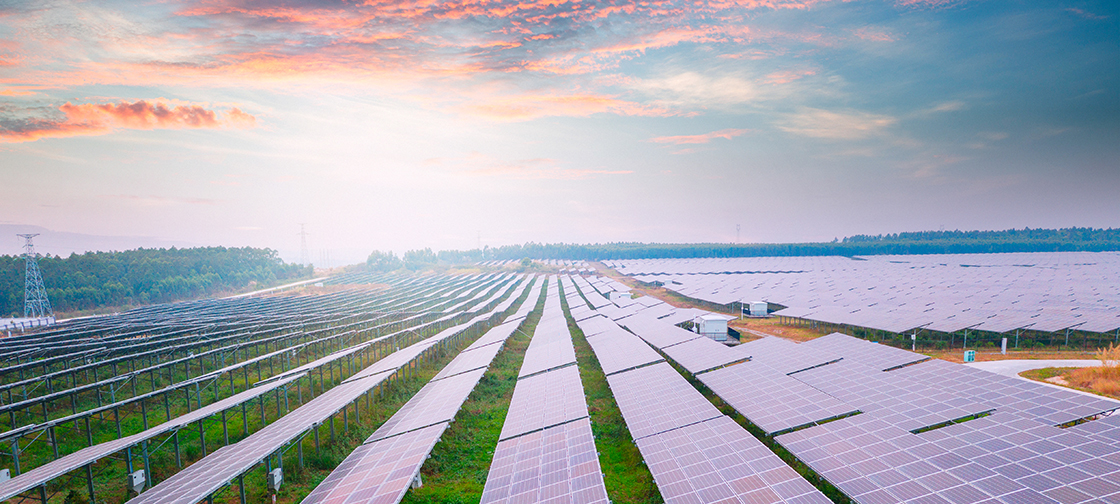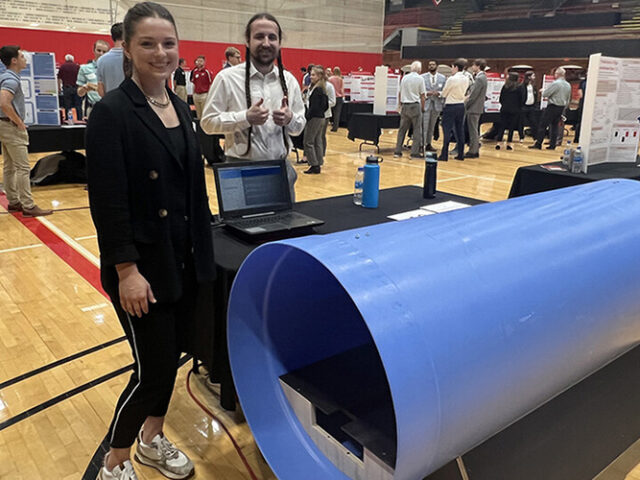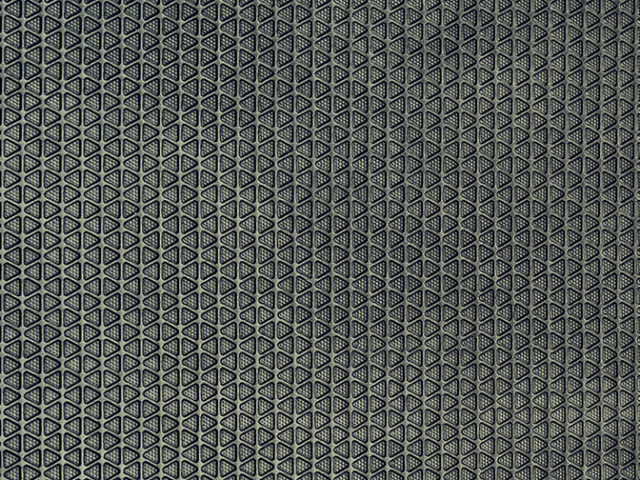MIT researchers have improved on a transparent, conductive coating material, producing a tenfold gain in its electrical conductivity. When incorporated into a type of high-efficiency solar cell, the material increased the cell’s efficiency and stability.
The new findings are reported today in the journal Science Advances, in a paper by MIT postdoc Meysam Heydari Gharahcheshmeh, professors Karen Gleason and Jing Kong, and three others.
“The goal is to find a material that is electrically conductive as well as transparent,” Gleason explains, which would be “useful in a range of applications, including touch screens and solar cells.” The material most widely used today for such purposes is known as ITO, for indium titanium oxide, but that material is quite brittle and can crack after a period of use, she says.
Gleason and her co-researchers improved a flexible version of a transparent, conductive material two years ago and published their findings, but this material still fell well short of matching ITO’s combination of high optical transparency and electrical conductivity. The new, more ordered material, she says, is more than 10 times better than the previous version.
The combined transparency and conductivity is measured in units of Siemens per centimeter. ITO ranges from 6,000 to 10,000, and though nobody expected a new material to match those numbers, the goal of the research was to find a material that could reach at least a value of 35. The earlier publication exceeded that by demonstrating a value of 50, and the new material has leapfrogged that result, now clocking in at 3,000; the team is still working on fine-tuning the process to raise that further.
Source: “Clear, conductive coating could protect advanced solar cells, touch screens”, David L. Chandler, MIT News Office




